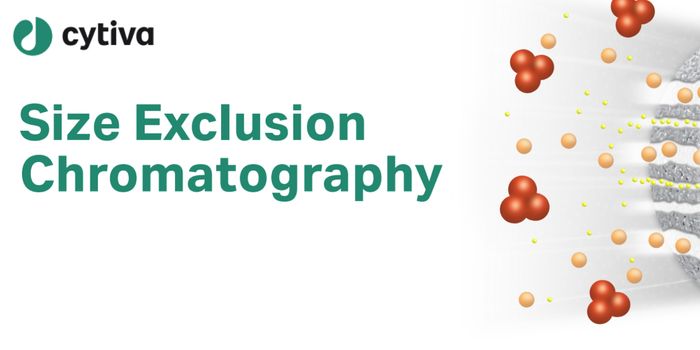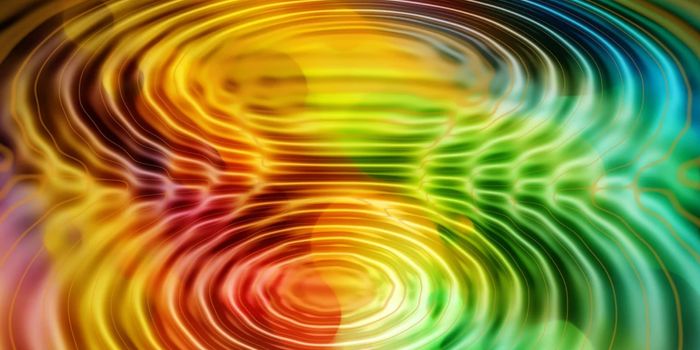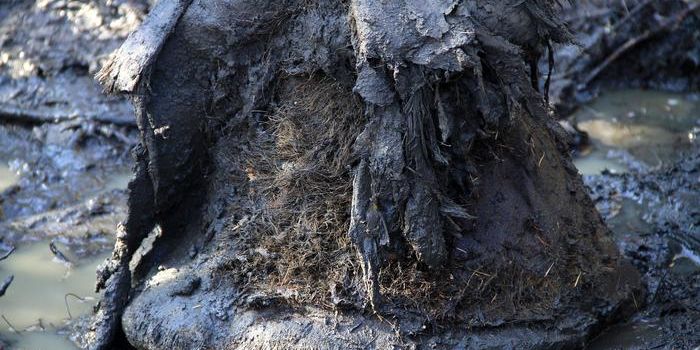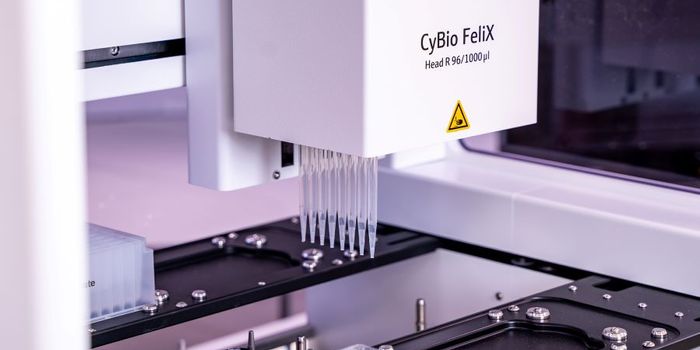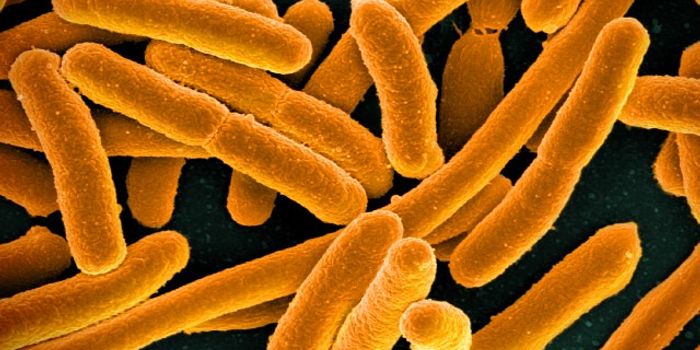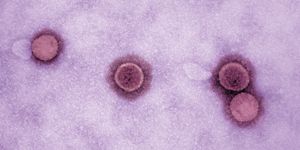A New Approach in Gene Therapy for Muscular Dystrophy
Scientists have created a new gene therapy for Duchenne muscular dystrophy (DMD) that may not only help stop the disease in DMD patients, but might also help restore their damaged muscles in the future. In this study, researchers devised a way to deliver a correct copy of the very long gene that is defective in DMD. This approach leads to the creation of normal dystrophin proteins, which don't function correctly in DMD patients. The work has been reported in Nature.
The dystrophin gene is found in the X chromosome, and symptoms usually arise in male DMD patients when they are about four years old. Many of these patients only live to their 20s or 30s. This new work could be life-changing for DMD patients.
Although many researchers have been studying DMD for years, creating effective therapeutics has been challenging. This study is the first to show that adequate levels of normal dystrophin protein can be sent to fix muscles that have been damaged by the disease.
The investigators developed a system utilizing a series of viral vectors, which are non-pathogenic but can deliver gene editing reagents to cells by infecting them. These viral vectors each take a portion of the correct genetic instructions for making dystrophin into muscle cells so that the healthy form of the protein can be generated there.
Higher doses of viral vectors can sometimes trigger immune reactions that lead to organ damage. In this effort, lower doses of these vectors were also used, which could help reduce the potential for side effects.
So far, this approach has only been tested in mouse models of DMD, so more testing will be required before it can used in humans. Senior study author Dr. Jeffery Chamberlain of the University of Washington School of Medicine expects that human clinical trials might start within about two years.
One encouraging result is that the gene therapy can stop muscle degeneration in DMD models, and was also able to repair some of the damage that DMD had caused. The researchers are hopeful that this effort will stop muscle wasting and restore muscle tissue to good health.
Sources: University of Washington School of Medicine, Nature


